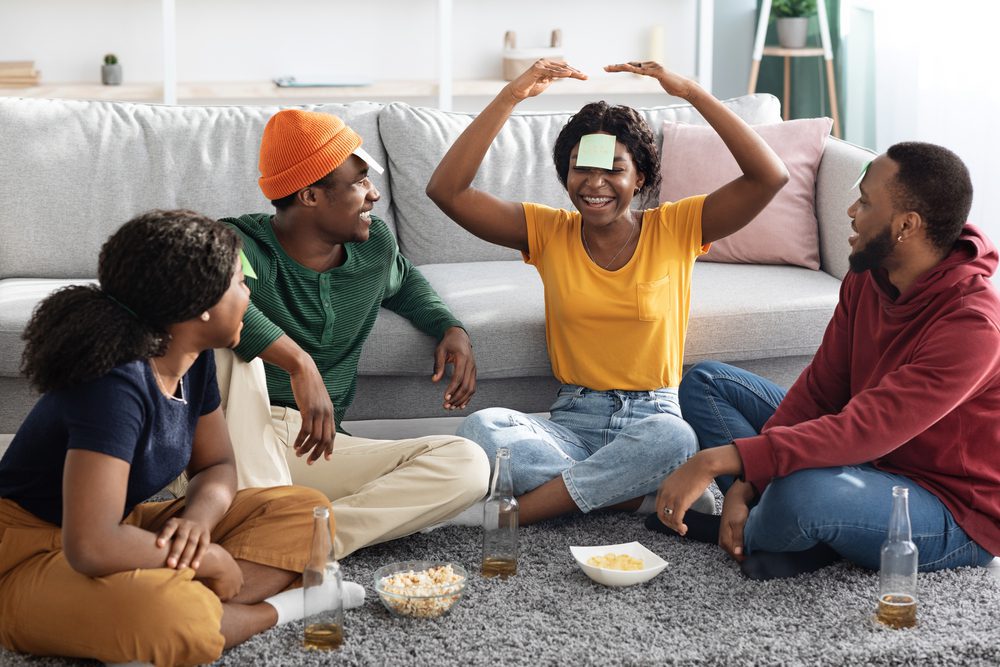Ever walked out of a store carrying a bag full of stuff you didn’t plan to buy, wondering what just happened to your brain and your wallet? Or scrolled through your online purchase history and felt that familiar pang of “what was I thinking?” You’re not weak-willed or bad with money – you’re human, and your brain is working exactly as it was designed to, just not in ways that serve your modern financial goals.
The psychology of spending is a fascinating battlefield where ancient survival instincts clash with sophisticated marketing techniques designed by people who understand your brain better than you do. Every purchase decision involves a complex dance between rational thinking and emotional impulses, and guess which one usually wins?
Understanding why we buy things we later regret isn’t just about avoiding bad purchases – it’s about recognizing how our minds work and developing strategies that align our spending with our actual values and long-term goals rather than whatever emotional state we happen to be in at checkout.
Your emotions are terrible financial advisors
Most people believe they make purchasing decisions based on logical evaluation of needs, benefits, and costs, but the reality is that emotions drive the vast majority of our spending choices. We buy things because they make us feel better in the moment, not because we’ve carefully analyzed whether they’ll improve our lives long-term.
Retail therapy is real, and it works temporarily. Shopping releases dopamine, the same neurotransmitter involved in addiction, creating genuine feelings of pleasure and satisfaction. When you’re stressed, sad, bored, or anxious, buying something provides immediate emotional relief that feels like solving a problem.
The problem is that emotional purchases rarely address the underlying feelings that triggered them. Buying new clothes doesn’t actually make you more attractive, gadgets don’t make you more productive, and expensive experiences don’t create lasting happiness. But in the moment of purchase, your brain genuinely believes they will.
This emotional spending creates a cycle where temporary relief leads to buyer’s remorse, which creates negative emotions that trigger more emotional spending. Breaking this cycle requires recognizing when emotions are driving purchase decisions and creating space between the impulse and the action.
Scarcity triggers panic buying mode
Nothing makes people spend money faster than the fear that they might miss out on a deal or opportunity. Limited-time offers, flash sales, and “only X items left” messages tap into deep-seated survival instincts that evolved when missing out on resources could literally mean death.
Your brain interprets scarcity signals as threats that require immediate action, bypassing rational evaluation and triggering fight-or-flight responses. This is why people will stand in line for hours to save money on items they weren’t planning to buy, or why “limited edition” products sell out instantly regardless of their actual utility.
The artificial scarcity created by marketing departments is particularly effective because it combines urgency with social proof. When other people are buying something quickly, it signals that the item must be valuable, creating a feedback loop that makes the perceived scarcity feel more real and urgent.
Online shopping has amplified scarcity effects through countdown timers, real-time inventory updates, and notifications about other customers viewing the same items. These psychological triggers are designed to create time pressure that prevents careful consideration of whether you actually need or want the product.
Social comparison drives irrational purchases
Humans are intensely social creatures who constantly evaluate their status relative to others, and spending decisions often reflect attempts to maintain or improve social standing rather than meet genuine needs. This comparison-based spending explains why people buy expensive items they can’t afford to signal success or belonging.
Social media has intensified comparison-driven spending by creating constant exposure to other people’s highlight reels. Seeing friends, influencers, or celebrities with new purchases creates subconscious pressure to keep up, even when you have no real interest in the items they’re showcasing.
The desire to fit in or stand out drives purchases that seem rational in the moment but feel ridiculous in hindsight. Buying expensive clothes for events you’ll never attend again, purchasing gadgets because everyone else has them, or upgrading perfectly functional items to match what others have all reflect social comparison spending.
This type of spending is particularly painful because it often involves going into debt or depleting savings to purchase items that provide temporary social validation but no lasting satisfaction or practical benefit.
Marketing exploits your mental shortcuts
Retailers and marketers have spent decades studying consumer psychology and developing techniques that exploit the mental shortcuts your brain uses to make quick decisions. These shortcuts, called cognitive biases, help you navigate daily life efficiently but make you vulnerable to manipulation.
Anchoring bias makes you perceive inflated “original prices” as reference points, making sale prices seem like incredible deals even when they’re still overpriced. This is why everything seems to be “50% off” the theoretical regular price that nobody ever actually pays.
The decoy effect influences your choices by presenting options designed to make the preferred choice seem more attractive. When you see small, medium, and large sizes with pricing that makes the large seem like the best value, you’re experiencing deliberate choice architecture designed to increase spending.
Loss aversion makes you more motivated to avoid losing something than to gain something equivalent, which is why “cash back” offers and rebates feel more compelling than simple discounts, even when the financial benefit is identical.
Future you gets thrown under the bus
One of the most powerful psychological factors in regrettable purchases is the disconnect between your current emotional state and your future practical needs. When you’re shopping, you’re often imagining an idealized future version of yourself who will definitely use that expensive exercise equipment or wear those uncomfortable shoes.
This optimistic future self is more disciplined, more social, more active, and generally more awesome than your actual self. You buy things for this imaginary person while your real future self gets stuck with the consequences of decisions made by someone who doesn’t actually exist.
The planning fallacy makes you underestimate how long projects will take and overestimate how much time you’ll have for new activities or hobbies. This leads to purchasing supplies for projects you’ll never complete or equipment for activities you’ll never have time to pursue.
Present bias makes immediate gratification feel more important than future consequences, which is why people will pay premium prices for convenience or instant satisfaction even when they know it’s financially foolish in the long run.
The paradox of choice creates decision fatigue
Having too many options doesn’t make us happier with our purchases – it often makes us more likely to make poor decisions or avoid deciding altogether. Decision fatigue accumulates throughout the day, making your willpower weaker and your judgment less reliable as time goes on.
When faced with overwhelming choices, people often rely on simple rules or emotional responses rather than careful evaluation. This might mean choosing the most expensive option assuming it’s the best, or picking something randomly just to end the decision-making process.
Analysis paralysis from too many options can also lead to impulse purchases when decision fatigue finally overwhelms rational evaluation. After spending mental energy comparing dozens of similar products, people often make quick emotional decisions just to escape the complexity.
The proliferation of online shopping has made choice overload even more problematic, with unlimited options available at any time of day when your decision-making abilities might already be compromised by stress, fatigue, or emotional states.
Breaking the cycle of regrettable spending
Understanding the psychology behind regrettable purchases is the first step toward making spending decisions that align with your actual values and long-term goals rather than momentary impulses or psychological triggers.
The 24-hour rule creates space between impulse and action, allowing emotional intensity to fade and rational thinking to engage. For larger purchases, extending this to a week or month provides even more perspective on whether you genuinely want the item.
Identifying your emotional spending triggers helps you recognize when you’re vulnerable to poor decisions. If you spend money when stressed, bored, or seeking social validation, awareness of these patterns allows you to develop alternative responses that address the underlying emotions without financial consequences.
Creating specific criteria for purchases before you need them helps counteract marketing manipulation and emotional decision-making. When you’ve already decided what features matter and what price range is reasonable, you’re less susceptible to psychological pressure tactics.
Building spending habits that serve your future self
The goal isn’t to eliminate all emotional or social aspects of spending – money exists partly to enable experiences and signal values. The goal is making intentional choices that you’ll still feel good about weeks or months later, rather than decisions you’ll regret as soon as the emotional high fades.
This requires developing systems and habits that make good financial decisions easier while making regrettable purchases more difficult. Understanding your psychological vulnerabilities allows you to design an environment that supports your long-term financial goals rather than working against them.
The most successful approach combines self-awareness about your personal spending psychology with practical strategies that redirect impulses toward beneficial outcomes, creating spending patterns that serve both your emotional needs and your financial wellbeing.















